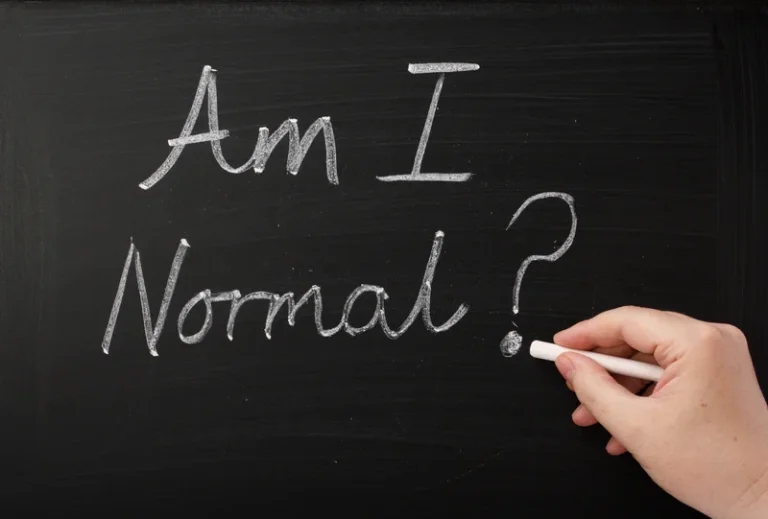
Social expectations also play a crucial role in shaping stress drinking behaviors. In many cultures, men are expected to be strong and resilient in the face of stress, which can lead to a reluctance to seek help or express vulnerability. This expectation may drive some men to use alcohol as a socially acceptable way to cope with stress. Women, while facing their own set of social pressures, may be more likely to face stigma for drinking to cope with stress, potentially leading to underreporting or hidden drinking behaviors. According to a comprehensive survey conducted by the National Institute on Alcohol Abuse and Alcoholism (NIAAA), men are more likely to engage in stress drinking compared to women. The study found that approximately 29% of men reported using alcohol to cope with stress, while the figure for women was around 19%.
Predictors of academic achievement and retention among college freshmen: A longitudinal study

“There was just an inability to be with myself,” she told me, “and that manifested as fear.” She often sought comfort in alcohol. The relief would start even as she anticipated drinking; at the first sip, she began to feel warm and right; numb, but also energized. Though rates of alcohol misuse are higher in men than women, women are catching up. Women also have a greater risk than men of developing alcohol-related problems. Men who experienced the same stress only drank to excess when they had already started consuming alcohol.
Is it Race, Sex, Gender or All Three? Predicting Risk for Alcohol Consumption in Emerging Adulthood
During certain phases of the menstrual cycle, women may be more susceptible to the effects of alcohol and may experience heightened stress responses. As the cocktail glass teeters between his and her hands, society’s unspoken rules dictate who will reach for it first when stress comes knocking. This seemingly innocuous moment encapsulates a complex interplay of biological, psychological, and sociocultural factors that contribute to the gender divide in stress drinking. In conclusion, addressing the gender divide in stress drinking requires a multifaceted approach that takes into account biological, psychological, and sociocultural factors. By recognizing and addressing these differences, we can work towards developing more effective strategies to combat stress-related alcohol use and promote healthier coping mechanisms for all individuals, regardless of gender.
Baseline Analyses

The present study will address the question of whether there are gender differences in emotional stress responses measured across subjective, behavioral/bodily, and physiological (cardiovascular) domains in social drinkers when they are exposed to stressful, alcohol-cue, and neutral-relaxing conditions. Alcohol-cue conditions were examined to determine whether these social drinkers, particularly men, would show a craving response to the drinking-related stories. Alcohol cues can also lead to arousal, for example, alcoholics show increases in subjective anxiety and fear in the Women and Alcoholism cue condition (Fox et al., 2007).
- Just as the addictive dangers of Valium became unignorable, Eli Lilly invented Prozac.
- But what if you didn’t need the alcohol, because child care was ubiquitous and affordable, health care was cheap, and gender norms were more balanced?
- Freelance journalists, actually employed by pharmaceutical companies, wrote articles for popular magazines about how sedatives “could cure everything from the blahs to sexual frigidity … every kind of a la mode problem that women experienced,” Herzberg adds.
- Men born in the early 1900s were three times as likely as women to drink in problematic ways; today, women are almost as likely as men to do so.

There’s a risk, inherent in this topic, of coming off like a particularly joyless Mennonite, and I’m certain that fate will be inescapable here. In the past I’ve criticized the CDC for telling women who aren’t on birth control that they shouldn’t drink at all, a rule I still think is too paternalistic. The experimental setup let the research team determine whether stress, the initial drink or the combination of the two caused how much alcohol the participants consumed. The team measured alcohol consumption in total number of drinks consumed and by using breath blood-alcohol content (BAC).
The urge to decrease drinking, or stop all together, can be overwhelming in its own right. Sober culture is becoming increasingly popular, which means the nonalcoholic drink industry is booming with delicious alternatives. While it might not be immediate relief, there are lots of long-term benefits from not drinking, like improved sleep and decreased general anxiety, which can help with overall mental health.
School of Public Health and Health Professions
Though men are still more likely to die of alcohol-related causes than women are, alcohol-related hospitalizations and deaths are rising faster among women than men. During the first year of the pandemic, women increased their “heavy drinking” days—days on which they had four or more drinks—by 41 percent, compared with 7 percent among men. One might dismiss the spike as attributable to the stresses of the pandemic, except that women’s high-risk drinking was increasing rapidly before then, too. Men born in the early 1900s were three times as likely as women to drink in problematic ways; today, women are almost as likely as men to do so.
Starting in the ’90s, alcohol companies launched products like Smirnoff Ice that were meant to appeal to young women. A book in the early 2000s promoted the idea that a thin, fabulous, European lifestyle allowed women to drink wine with almost every meal. In her 2019 book, Quit Like a Woman, Whitaker describes drinking alone after a night out, feeling proud to have had “only” a bottle of wine in a day, and carrying airplane shots of liquor around in her purse. Sometimes, she would start drinking in the morning and go until she passed out.

Share this article
Men whose first drink contained alcohol and who then experienced stress drank more than men who received the alcohol-free drink. Some participants’ first drink contained roughly three times the amount of alcohol you would typically find in a drink. Others didn’t get any alcohol, though the rim of their glass was doused with a negligible amount of booze — a trick designed to make these participants unsure if they were drinking alcohol or not. The holiday season is in full swing, and for many, getting into the holiday spirit means consuming plenty of spirits. Between the pandemic and alcohol’s starring role in many social settings, you may be imbibing more regardless of whether you’re staying home or spreading holiday cheer (and hopefully not Covid-19). In 2014, the head of the National Institute on Alcohol Abuse and Alcoholism promised an executive at the Distilled Spirits Council that it would not fund research on the relationship between alcohol advertising and underage drinking.
New study explores link between fish consumption in pregnancy and autism—here’s what experts say
Alcohol has slid along a similar trajectory, with the industry assuring women that all they need to get through the day is a glass of something. In the 1970s, women’s magazines advised readers that wine could be part of an “Anti-Tension Diet,” as the journalist Gabrielle Glaser writes in Her Best-Kept Secret. More than a decade ago, when Holly Whitaker worked a director-level job at a Silicon Valley start-up, insecurities haunted her.
